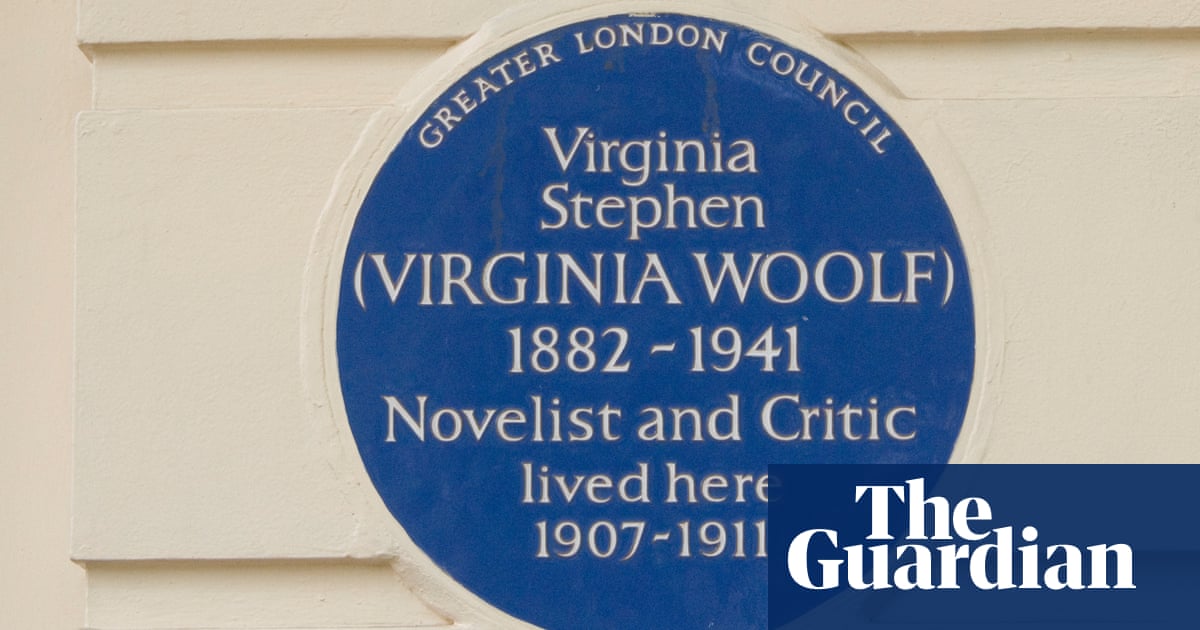
Peter Kropotkin was a prince and a theorist of anarchism. The poorly named Charles Coward rescued prisoners from Auschwitz. Edvard Beneš was a president of Czechoslovakia. What do these people have in common? Their names are on a royal-blue ceramic, metal or plastic circle.
The original blue plaque scheme was established by the Royal Society of Arts (then just the Society of Arts) in 1866 to mark the relationships between certain buildings and individuals. The first was placed on Lord Byron’s birthplace in Cavendish Square, in London, although that house has since been demolished.
Since 1986, the scheme, which is exclusive to the capital, has been run by English Heritage. Blue plaques have become so well known that they deserve their own blue plaque. But other bodies administer them around the UK. There are now green, yellow, brown, black and red plaques, as well as white, pink and rainbow plaques. The colours vary according to geography or theme: red for transport heritage; rainbow for LGBT champions. There are plaques, too, in other parts of the world. It is even possible to buy one’s own novelty plaque.
I will never tire of a blue plaque. I can’t count the number of times I have walked by one, then caught it out of the corner of my eye and doubled back to learn that an eminent physicist once rented a room in such-and-such Georgian home, or that an author died at a tragically young age in this Victorian terrace. Some plaques commemorate movements, moments, events, records or institutions rather than people. Every time I read one, it is as though the street has opened like a textbook.
There are two main reasons for my appreciation. The first is a nerdy passion for facts. The second is the beautiful way the plaques evoke a place as it once was: Bloomsbury Square, say, as Virginia Woolf would have known its corners. I love the idea that one might bend down to do up a lace on the exact spot that a rock star stopped to light a cigarette. Then there are the plaques attached to the houses you can barge right into: John Lennon’s in Liverpool, or Sigmund Freud’s in north London.
But it is the quirkier ones that really lift the spirits. Tommyfield in Oldham has a plaque that announces it as the home of fried chips. A plaque in Tottenham, London, is dedicated to Luke Howard, “namer of clouds”. The greatest, though, might be on a council block in Brighton, erected by the Centre for Pagan Studies: Doreen Valiente, the “mother of modern witchcraft”, we salute you.
This article contains affiliate links, which means we may earn a small commission if a reader clicks through and makes a purchase. All our journalism is independent and is in no way influenced by any advertiser or commercial initiative. By clicking on an affiliate link, you accept that third-party cookies will be set. More information.
Source: TheGuardian
